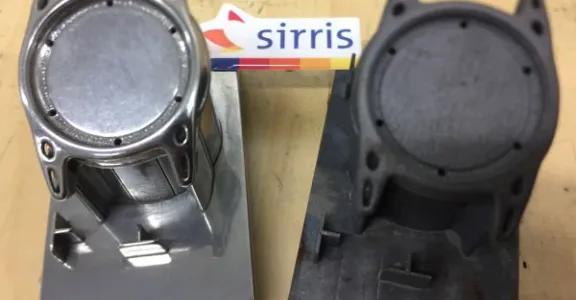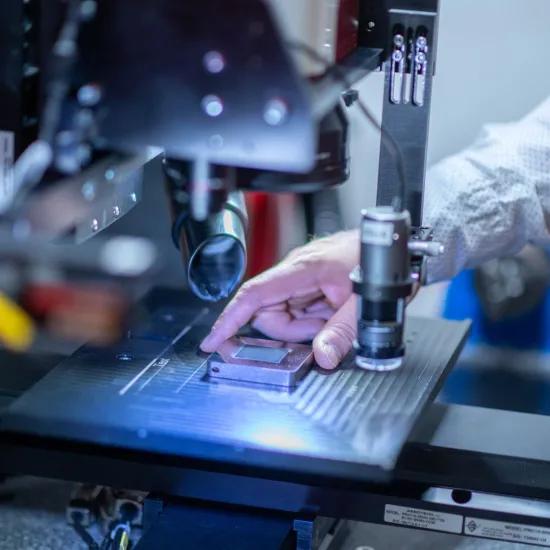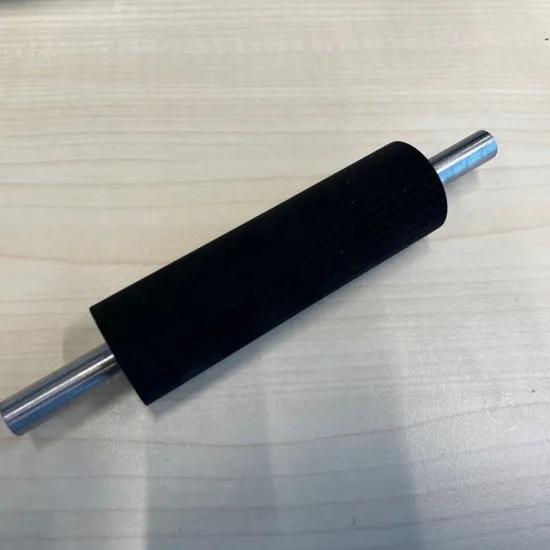In its workshop in Diepenbeek Sirris is creating a new demonstrator, on which it will have to be possible to create smooth (3D) surfaces. Mechanical components with rough surfaces are preferably to be avoided. You will have to perform some time-consuming and expensive tricks to smoothen the surface. Our new demonstrator will enable us to produce components with smooth surfaces.
Besides the fact that a rough surface doesn't look so good (especially when you’re having a watch as demonstrator product), micro scale protrusions and/or burrs could cause serious damage. Each protrusion increases the risk of micro crack formation and propagation which could lead to component failure. Burrs could loosen whilst in operation and therefore cause chaos in high pressure or high velocity systems. Therefore, the surface of mechanical components should be smooth and clean.
When using 3D printed parts, support structures were added to secure and guarantee build quality. Afterwards these structures are removed, often by a rough and/or manual operation, leaving a coarse surface behind. A post processing or finishing operation is necessary. Of course you could machine the whole of the surface, but when using the design freedom of additive manufacturing, this could be challenging and costly.
We want to smoothen the surface without dealing with the design complexity. That’s why we think of technologies such as tumbling, vibration finishing, sand blasting, etc.
Our new watch demonstrator will also use this kind of surface post processing technology. For that reason we studied and evaluated the different technologies and made a selection to integrate into the manufacturing system. We will unveil our choice soon! In the meantime, the photo above shows the effect of our technology selection on this item, fresh out of the printer.
This article is part of our ‘4.0 made real by Sirris’ campaign, illustrating the feasibility of 4.0 technology in industry. Want to know more? Visit our landing page or LinkedIn page!





